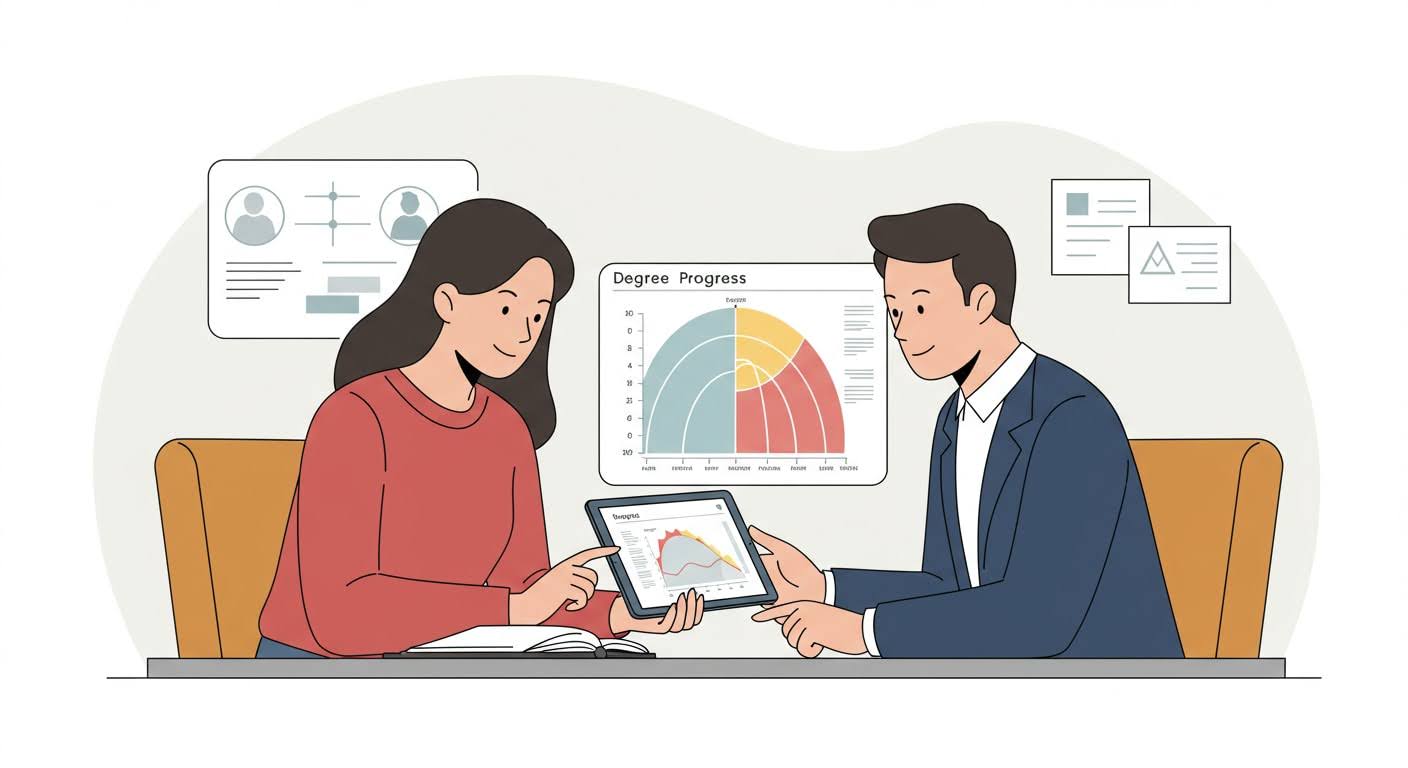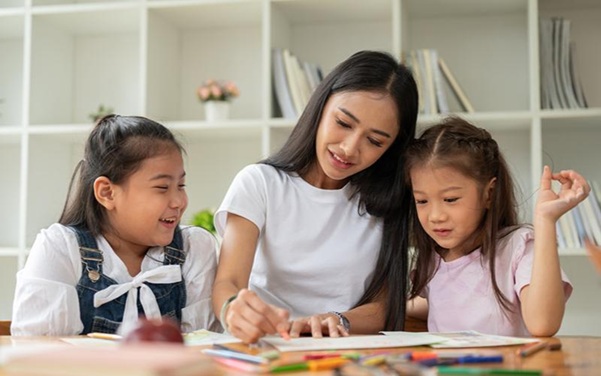Generative AI vs Human Ingenuity: Which Has the Creative Edge?
Let’s be honest — every time a new AI tool drops, people can’t stop talking about what it can “create.” Poems in seconds, paintings that look straight out of a gallery, music that sounds eerily human. It all feels like magic. Yet at the back of our minds, we continue to ask ourselves: Is this creativity or digital impersonation?
That curiosity is what leads so many students to the best generative AI courses. They would like to understand the mechanism of this weird technology and whether it can compete with the human mind.
The messy beauty of human creativity, with all its unpredictability and brilliance, is a testament to the power of the human mind.
The thing is, people are not always clean when they are creative. It’s messy, emotional, and sometimes doesn’t make sense. We get ideas at odd times, write down half-baked notes, and chase after flashes of inspiration that don’t make sense at first. That unpredictability is what fuels brilliance.
Now compare that with a machine. AI doesn’t dream during bus rides or get inspired by heartbreak. It analyzes information, interrelates trends, and constructs potential possibilities. Breathtaking, no doubt–but somewhat mechanical. What makes human creativity powerful is not perfection; it’s our flaws and instincts.
I remember a designer friend laughing as she told me how an AI tool kept making symmetrical, flawless logos. “They’re perfect,” she said, “but they don’t feel alive.” That’s the difference machines can’t fake — yet.
Students who join a gen AI course in Bangalore quickly realize that while AI helps polish ideas faster, it doesn’t replace the spark that comes from human chaos and curiosity.
When AI actually surprises us
However, let’s not underestimate AI. There are moments when generative AI delivers something we didn’t expect — and honestly, that’s thrilling. I once saw a music producer ask an AI to blend African beats with vintage Bollywood jazz. What came out was unusual, but strangely beautiful.
Sometimes, creativity hides inside those odd results. The human mind says, Wait, that shouldn’t work! But there it is: a new idea born of combining human taste with machine logic.
It’s no wonder that many students who take Gen AI courses in Bangalore talk about using AI as a brainstorming partner. It tosses ideas at you, some crazy, some useless, and forces you to think in other ways. That is the secret of AI: it encourages you to get out of your habits.
Learning AI: mastering the tool, not becoming it
The people who dive into the best generative AI courses often come out with a completely new mindset. At first, it’s scary. The algorithms, the prompts, and the endless options make it seem too technical. However, after getting accustomed to them, you realize that these tools do not restrict creativity, and on the contrary, they foster it.
Imagine being a writer who can instantly visualize characters or a filmmaker who can storyboard entire scenes by typing ideas. That’s not about replacing your creativity — it’s about extending what it can do.
When one of my colleagues learned prompt design, she said something interesting: “It’s like I’m teaching a robot how I think.” That’s the perfect way to describe the human-AI partnership — it listens, but you lead. This reassures us that AI is a tool, not a replacement, for our creativity.
Where art meets algorithm
What’s really happening isn’t a competition; it’s a merger. Humans bring vision. AI brings speed. Together, they make something new. Think of creative brainstorming sessions that used to last hours — now condensed into minutes because AI can test ten directions instantly.
But even then, someone still decides what feels right, what tells the story, what carries meaning. No code can replicate emotion convincingly enough to move hearts — at least, not yet.
People enrolled in a gen AI course in Bangalore often say that after learning how it works, they appreciate human imagination more than ever. They see the system’s limitations up close. Patterns, yes. Emotion, no.
Real-Life Creative Collaboration: Humans + AI
It’s wild how quickly we’ve come to rely on AI to kick off creative projects these days. Scroll through any design studio, and you’ll spot teams running early sketches through image generators, then picking the best ones for deeper work. That blend—AI for speed, humans for meaning—might sound mundane at first, but it’s changing jobs for real. There’s a photographer in Mumbai who shared how generative image tools help him test wild lighting combos—ideas he probably wouldn’t try on his own—before staging the real shot. The result? Faster workflow, but also unexpected moments of inspiration that come only when a person tweaks, rejects, and sometimes runs with the AI’s “mistake.”
But if you ask the truly inventive teams, they’ll tell you something else: the best lightbulb moments happen far from screens. Creative sparks come up while stuck in traffic or during heated debates over chai. It’s never just about pushing out options fast—it’s about chasing what feels right, or what makes you laugh, or what surprises you. Signing up for one of the best generative AI courses will teach you prompt techniques and workflows, but the magic comes when you trust your own taste and let curiosity lead. That’s what AI still can’t do.
Can AI really outdo us?
Probably not — and maybe that’s the good news. Generative AI is astonishing, but it’s still a mirror reflecting what humans feed into it. It’s a brilliant imitation dressed up as originality. That doesn’t make it less powerful; it just reminds us why creativity still matters.
The real winners will be those who learn to blend both worlds — who treat AI as an amplifier, not a rival. If you want to start that journey, you should look into some of the best generative AI courses that are out there right now. It’s not about coding or copying, as you’ll see. It’s about reimagining what’s possible when you and your machine think together.
After all, technology evolves. But the thrill of creating something that feels alive? That will always stay deeply, wonderfully human.






